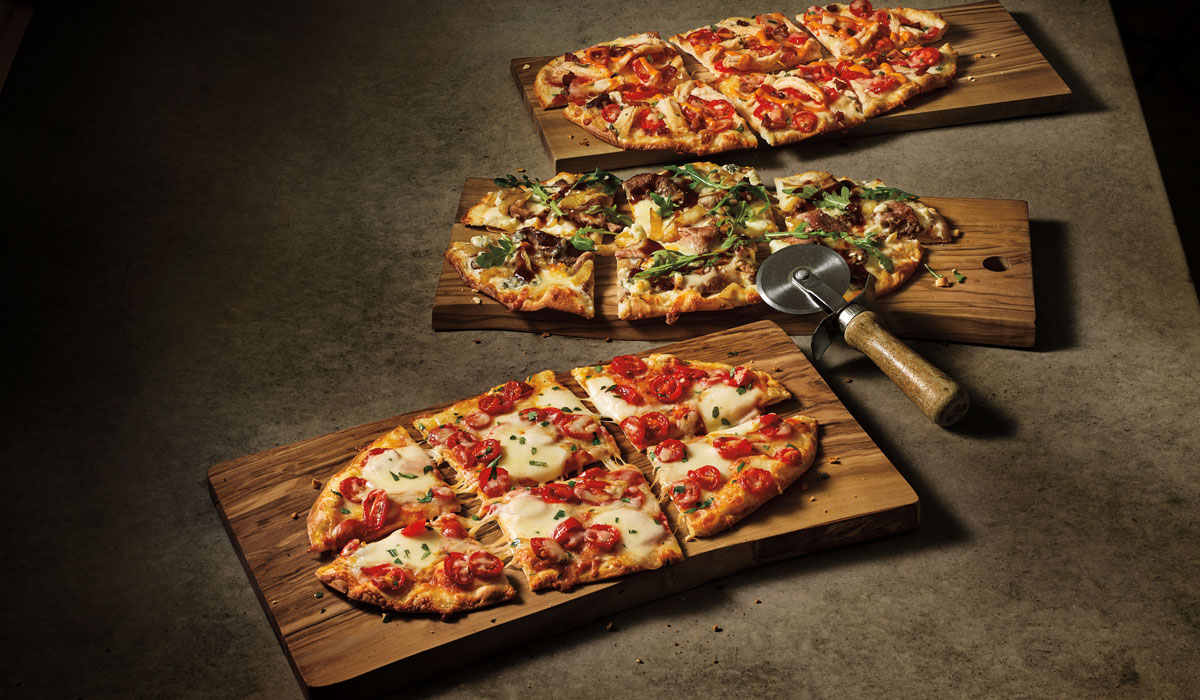To average consumers who probably found themselves ordering a lot more takeout and drive-thru meals during lockdown, it might seem like the quick-service restaurant industry fared better than most during the COVID-19 crisis. But while certain chains did experience growth in the mid-summer months and the sector is expected to recover more quickly than fast casual or full-service restaurants, the revenue crunch for most quick-serves is very real—and ongoing.
This has led many operators to seek out new sources of cash flow and explore new ways to reinforce their revenue base. One of these approaches—developing and implementing subscription programs—has the potential to hasten the recovery and pay dividends long into the future.
Factors Affecting COVID Performance
While all restaurants have been affected by the COVID-19 crisis, not all were impacted in the same way. McKinsey identified five broad factors that influence restaurant performance through the pandemic: off-premise vs. on-premise sales mix, reliance on certain meal periods, “urbanicity,” digital maturity and perception of value. Some of these align with restaurant type (quick-serves are more likely to have had robust off-premise sales pre-pandemic, for instance). Others, like having a digital loyalty program or strong CRM system in place, apply variously to all styles of restaurants.
Instituting a subscription service can positively influence all of these factors. It can provide a revenue stream that is independent of on-premise sales. It can incentivize customers to patronize different day-parts and return to locations in urban areas. Subscription services almost universally boost customer perception of value. But most importantly, they provide a digital connection to customers that can be leveraged for more effective promotions, marketing communications and ongoing loyalty.
How Subscriptions Help (Beyond Recurring Revenue)
Subscription services’ most obvious benefit is their ability to supplement transactional purchases with recurring revenue. But with 70 percent of subscription revenue on average coming from existing customers, subscription services also increase average customer lifetime value.
The MyPanera+ Coffee subscription program, launched in February 2020, illustrates two other key benefits of subscription programs that go beyond revenue supplementation. First is the multiplier effect on check average: MyPanera+ members tend to include high-margin goods like bagels, muffins and breakfast sandwiches with their coffee orders, resulting in a 70 percent increase in food attachment for subscribers. Subscription programs also have a positive impact on new customer acquisition, as evidenced by the fact that 35 percent of MyPanera+ subscribers are new customers.
The Pret a Manger Approach
Subscription programs’ ability to drive revenue and increase customer lifetime value prompted Pret a Manger to enter the subscription economy this fall. In September, the popular London-based quick-service chain launched the YourPret Barista program, the first barista coffee subscription service in the UK.
A true subscription model, YourPret Barista offers members up to five drinks per day in exchange for a small monthly fee. The program includes all barista-made coffees, teas, hot chocolates, smoothies, and frappe drinks, with a mandatory 30-minute wait between each order. With the recurring fee set at just $26.60 per month, the subscription provides immediate recognizable value for the daily or semi-daily coffee drinker. These easy-to-understand (and easy-to-market) savings help attract subscribers and has fueled the program’s significant membership growth so far.
What sets the YourPret Barista program apart is how it fits in with the broader digital transformation Pret a Manger is undertaking. Powered by a customer connection platform that integrates with existing POS systems and back-end processes, YourPret Barista collects data from customer interactions both online and in person, links those interactions and transactions through the platform. This allows Pret a Manger to develop deeper relationships with their customers that deliver loyalty and encourage true engagement. In this respect, Pret a Manger is achieving digital maturity in real time, while navigating an unprecedented crisis.
From Stopgap to Sustainable
Initiatives like YourPret Barista and MyPanera+ Coffee can have a positive impact on frequency and check average, which is invaluable during these uncertain times. But it’s their contribution to ongoing digital customer engagement that represents their real value.
By having the infrastructure in place to create digital connections, quick-service brands can understand their customers better and create offers and incentives that deliver that value and keep subscriptions active. By linking online interactions with on-premise transactions through the subscription loyalty program, these brands can track and communicate with customers individually. That one-to-one relationship, if managed properly, can shore up revenues through the recovery and well into the new normal.
Sean Keith is the Director of New Business Development at Eagle Eye, a leading SaaS technology company that enables businesses to create real-time connections with their customers through digital and mobile promotion solutions. Recognized by the World Economic Forum as a Global Shaper, Sean helps brands in the retail, food & beverage and hospitality industries implement digital transformation initiatives to better understand customer behaviors and drive revenue growth.













